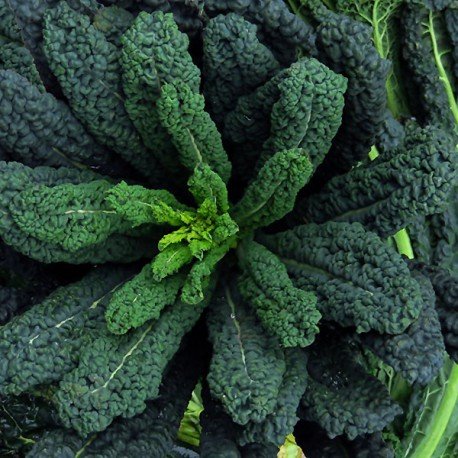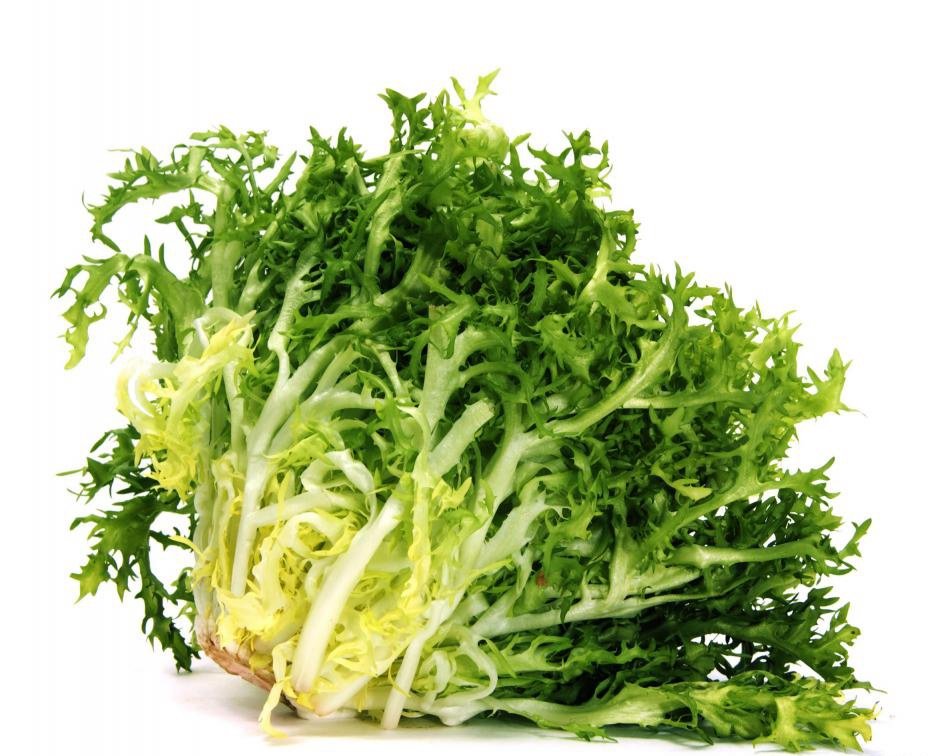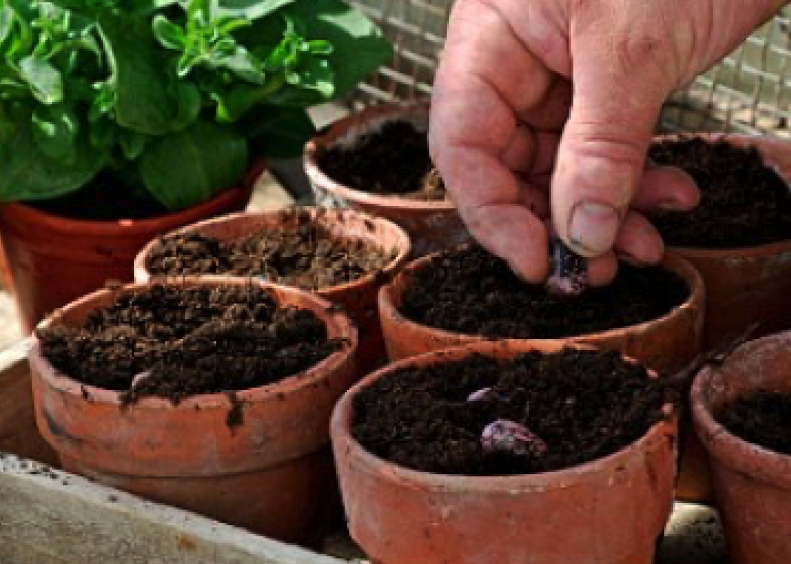“We haven’t eaten much of our kale yet…” observed Kirsten the other day and she was right – but I’ve always seen kale as a winter crop and whilst there is so much else from the allotment it doesn’t seem quite right to be going for the winter vegetables. The supply of greens has slowed down considerably now it’s the middle of October, so kale is definitely on the menu. At one time the only kale grown on allotments seemed to be the tightly curled varieties which well withstood hard winter frosts which left most other crops dropping. Nowadays there are all sorts and kale has lost it’s undeserved reputation as a poor man’s food or worse still animal fodder! For the last decade or more though, the trendy crop is Tuscan or black kale or, in Italian, ‘Cavalo Nero’. As well as the broader leafed ‘Pentland Brig’ variety, we grow tuscan kale successfully although for a period during the summer months the undersides of the leaves can be infested with whitefly which generally means the waxy leaves must be washed with detergent to clean them before cooking. At this time of year though the new leaf growth is clean and free from the tiny pests so only a quick rinse is needed. Finely shredded; tossed in oil and baked in the oven for 15 minutes produces a dish indistinguishable from the seaweed served as a starter in Chinese restaurants!

Last week I mentioned the endives in the salad bed, growing under plates to help blanch the leaves. Although mainly thought of as a salad leaf, in Italy the frisée leaved endives are called Scarola or Escarole and are often served as a hot dish; braised in oil with pine nuts, raisins and olives. I’ll give you Rachel Roddy’s recipe for this below. Our endives are fully grown now so we’ll be taking them for use as above over the next few weeks. They are an easy crop to grow and give a little variety to the greens available in the summer and autumn. They need a bit of protection from cold though and will quickly expire if exposed to a harsh frost.

Scarola in padella
(braised escarole with olives,
pine nuts and currants)
Escarole cooked in this way make the filling of Neapolitan pizza di scarola, which has an olive oil crust. Also a side dish for fish or meat, grilled cheese or rice.
Prep 10 min
Cook 15 min
Serves 2 as a main, 4 as a side
1 large head scarola or frisée
6 tbsp olive oil
2 garlic cloves, peeled and crushed but still whole
1 good pinch dried red chilli flakes
1 handful black olives
1 handful pine nuts
1 handful currants
Salt
Break the head of the scarola or frisée into leaves, discarding any that are either damaged, very large or tough. Wash in plenty of cold water, then drain and blot well.
In your largest frying pan over a medium-low heat, warm the oil, garlic, chilli, olives, pine nuts and currants, until the garlic is lightly golden (but watch it doesn’t burn).
Add the leaves to the pan. Use two wooden spoons to press and turn the leaves, which will wilt down. Cook, stirring often, for five minutes, until the excess water evaporates.
Add salt and more oil to taste, cook for a couple more minutes, then serve.

The middle of October is when I sow broad beans for an early crop next year. Spring sown broad beans tend to form maturing pods just when the main broad bean pest; black fly are most prevalent in June and July and autumn sowing is the way to ensure a good crop before the black fly discover them. We will try sowing late in the season as well next year in order to miss the peak black fly but the majority will be sown now – so the greenhouse will soon be full of pots again with next year’s germinating beans to be planted out in November as very small plants. The most successful over-wintering variety is Aquadulce Claudia which tolerates harder frosts than some, although in recent years we haven’t seen many hard winters – another sign of the changing climate perhaps?